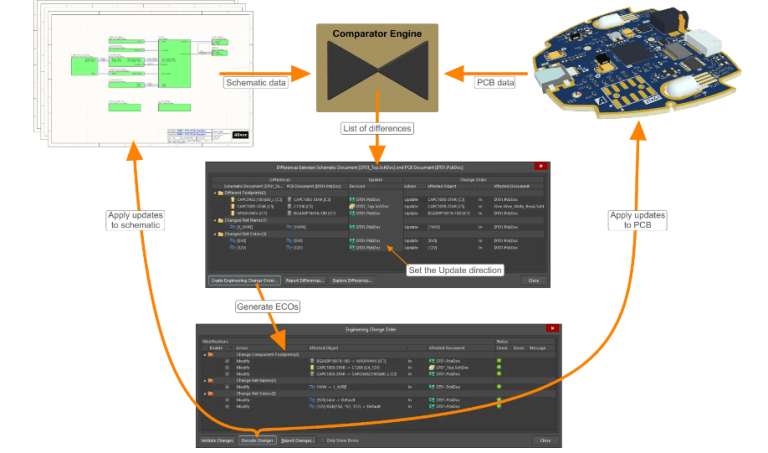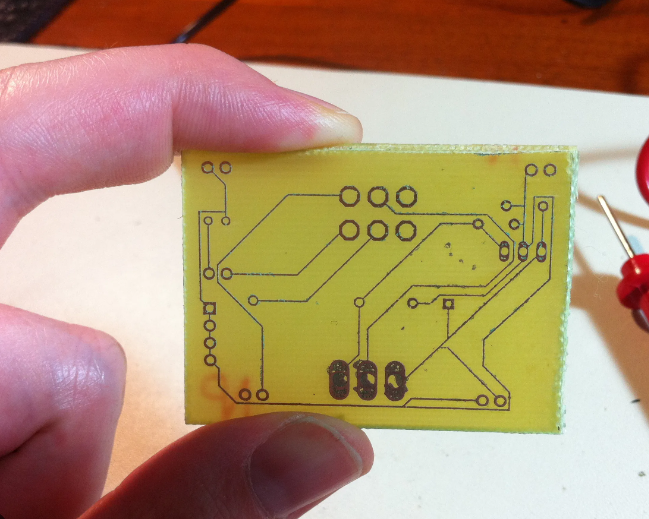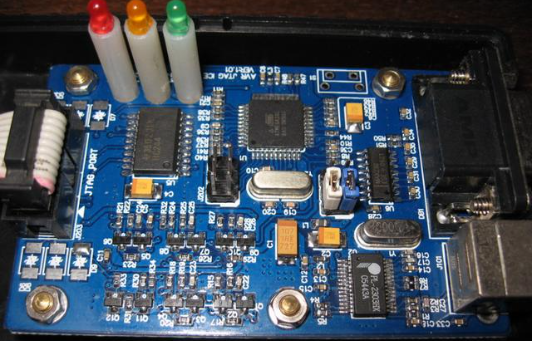3 layer board
Why are three-layer PCB circuit boards rare in the electronics industry?
In the electronics industry, PCB (Printed Circuit Board) plays a vital role. It is the support of electronic devices and the key to circuit connection. In the development history of PCB, multi-layer PCBs have been widely used, but three-layer PCBs are relatively rare in actual circuit board processing due to their unique structure and performance.

- Structural characteristics of three-layer PCBs
Compared with single-layer PCBs and double-layer PCBs, three-layer PCBs have a richer hierarchical structure. It consists of two inner copper layers and one outer copper layer. The inner copper layers are connected through vias to form circuit connections.
Three-layer PCBs also have better thermal conductivity and electromagnetic shielding performance, and can provide better solutions under complex circuit wiring requirements.
- The manufacturing process of three-layer PCBs is complex
Compared with single-layer PCBs and double-layer PCBs, three-layer PCBs require more processes and more complex processes in the manufacturing process. First, the manufacture of the inner copper layer requires complex exposure and etching processes, and the circuit connection between the inner copper layers requires the use of precise hole plate design and technology.
Secondly, in the process of multi-layer stacking, interlayer bonding and lamination are required, which requires manufacturers to master higher process levels and sophisticated equipment.

- The cost of three-layer PCB is relatively high
Since the manufacturing process of three-layer PCB is relatively complex and requires more processes and equipment, its manufacturing cost is relatively high.
In the context of fierce competition in the electronic product market, cost control is one of the important considerations for enterprises. Compared with three-layer PCB, single-layer PCB and double-layer PCB are more economical and affordable, and can also meet the needs of most products.
Therefore, driven by commercial interests, manufacturers are more inclined to choose lower-cost PCB structures.
- Limited market demand and application scenarios
Another reason why three-layer PCB is less visible in circuit board processing is the limitations of market demand and application scenarios.
Although three-layer PCB has its application advantages in certain specific fields and products, such as high-frequency signal transmission, high-density integrated circuits, etc., in general, single-layer PCB and double-layer PCB can meet the wiring needs of most electronic products.
In the face of a market environment with large demand and short cycle, manufacturers are more likely to choose simpler and faster PCB structures to meet customer needs.
In summary, the reason why three-layer PCB is less visible in circuit board processing is mainly due to the complexity of its manufacturing process, high cost, and limitations of market demand and application scenarios.
Although it has certain advantages and characteristics, it is still subject to various restrictions in practical applications.
With the continuous advancement of science and technology and the development of the industry, as costs decrease and technology matures, it is believed that three-layer PCB will have a wider application in future circuit board processing.






